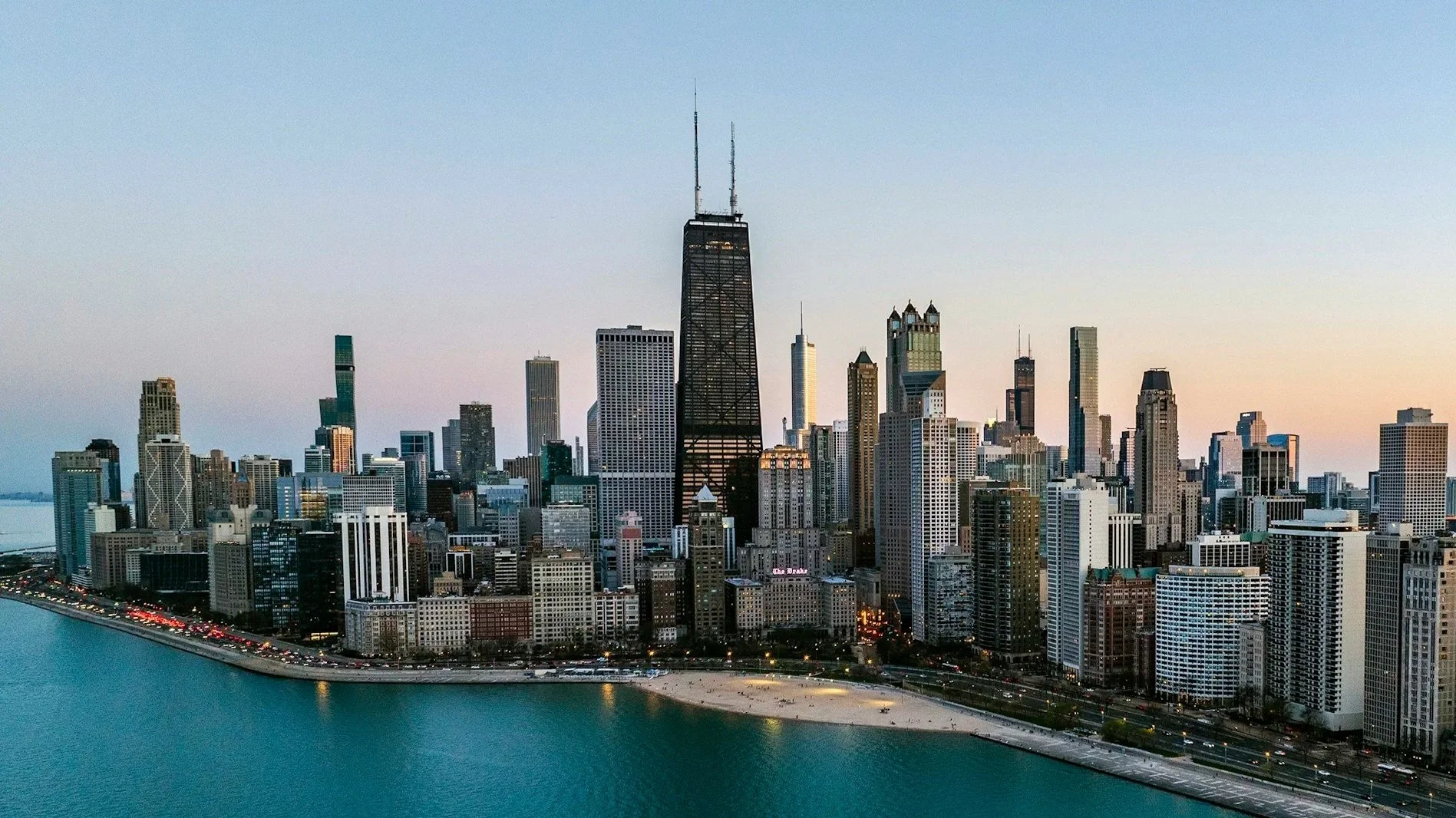The man from Bangladesh who reached for the skies!
Fazlur Rahman Khan is a structural engineer who helped design some of America’s most iconic skyscrapers. Khan’s most important contribution to modern-day skyscrapers is his “trussed tube” system. Through his firm, Skidmore, Owings & Merrill, Khan’s design was first used in the Hancock building and then again in the iconic Sears Tower (Willis Tower today). This new system made it cheaper, safer, and easier to build tall structures, especially over 40 stories high. His work shaped the way our cities look today.
Khan’s breakthrough was a new design in which a building was supported by the exterior frame of the building, versus internal steel supports. A series of vertical tubes make up the frame, which allows more strength to protect against high wind speeds and earthquakes. It also allows more space inside the building.
Khan descended from Dhaka, Bangladesh where he received his degree in Civil Engineering. He moved to the United States to attend the University of Illinois at Urbana-Champaign after receiving the Fulbright Scholarship. Khan earned two master’s degrees — one in civil engineering and one in theoretical and applied mechanics — and a Ph.D. in civil engineering. In 1973, he was honored with the top accolade for an engineer in the United States, election to the National Academy of Engineering.
Kuala Lumpur’s Petronas Towers, Taipei’s Taipei 101, and Dubai’s Burj Khalifa all use a version of the tube structure. Until 2014, when the Freedom Tower in NYC was completed, the Sears Tower (Willis Tower) remained the tallest structure in the United States.
Fazlur Rahman Khan passed away in 1982, but his legacy lives on through his contributions in civil and structural engineering and, of course, the skyscrapers he helped bring to life.

